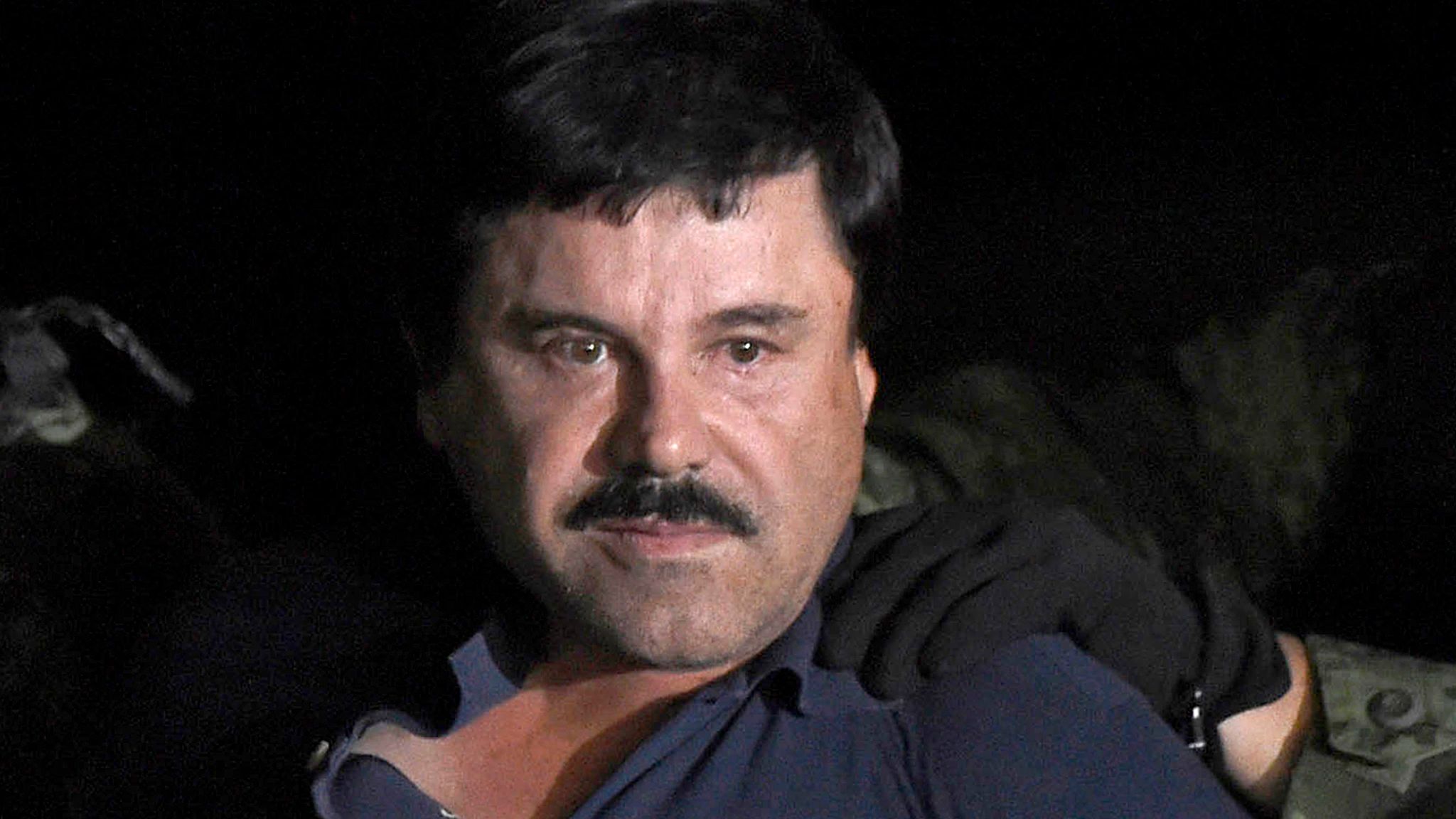[ad_1]
The denial of credit to the extension of the Standard Gauge Railway (SGR) phase 2B or the lack of discussions to the said credit facility have in the past week dominated conversations in the public domain.
While government has through State House vehemently rubbished information on the denial to a new credit line for the extension, insisting that no any such discussions took place, there is more to the matter than meets the eye.
In spite of the well documented benefits to the modernization of the old railway line, doubts on the viability of the project remain elevated with the initial costings of the line and Kenya’s ability to repay the huge capital undertaking defining the elephant in the room.
According to experts, China has likely picked up on the project’s viability risk to give a cold shoulder to potential discussions on a fresh round of railway financing.
Titus Maina, a research analyst at the Kenya Business Guide who paid keen attention to the recently concluded second Belt and Road Forum for International Cooperation (BRF) in Beijing says China is likely coming round to the risks involved in extending credit to projects funded through its belt initiative on account of viability queries.
“For the first time, China did through the BRF summit have on the agenda-debt sustainability concerns. The country was at first not so keen on debt. Debt sustainability concerns go along feasibility studies to projects before the declaration of investments,” he said.
The construction of the SGR has until this point been a tale of two parts, on one hand the increase in uptake of both cargo and passengers through the railway network and on the other, the gross underperformance of the line’s initial targets.
Rail freight traffic did for instance increase to 3.5 million tonnes in 2018 from 1.1 million tonnes in 2017 while passenger journey’s under the line rose by 45 percent over the same time frame.
This has translated to the growth of revenues as both railway freight earnings and those of passenger traffic soared to top Ksh.9.8 billion and Ksh.1.7 billion respectively according to data from the recently released economic survey by the Kenya National Bureau of Statistics (KNBS).
Meanwhile, the line has in the shadows of the highlighted gains operated at a loss recorded at Ksh.9.89 billion at the end of its first year operations according to the Ministry of Transport attributed to the associated high costs of running and maintaining the line and the avoidance of the freight service by container operators.
Cargo, which makes up the line’s mainstay business has grossly underperformed taking up a mere share of landed containers from the port of Mombasa at an even greater cost in comparison to the road network.
While the cost of transportation of a 20 and 50 foot container from Mombasa to Embakasi’s Inland Container Deport (ICD) in Nairobi is cheaper by an approximate Ksh.15,000, the revised costing does not take into account additional costings to storage and transportation to the containers’ destinations.
This according to research by the Joint Technical Committee of Efficiency and Cost Effectiveness of Transportation of Cargo using the SGR which further points a finger the multiple layers of cargo clearance at the ports.
Further to the costings concern is the maximum cargo uptake limit on the SGR which sits at a maximum of 8.76 million tonnes while operating at full capacity against a yearly demand of nearly 22 million tonnes, a figure expected to grow to nearly 50 million tonnes by 2030 according to a 2013 report by the World Bank.
Nashon Wamwayi, an economist in the transport sector says the SGR in its current state would not present any tangible gains until its translation to other East African member states, echoing similar remarks to 2009 feasibility study by the Canadian Pacific Consulting Services.
“For the SGR to be economically viable, it has to connect with other EAC members, the key being Kenya’s number one trading partner—Uganda,” he said.
According to Wamwayi, the extension of the line to Uganda’s capital will ensure for improved markets to South Sudan, Rwanda and the Democratic Republic of Congo helping reach a formidable result to the heavily capitalized railway.
It is from the doubts in the viability of the line that the Chinese likely withheld from holding any discussions to a fresh round of capital investing, informed largely by the request for write offs and the extension of repayment periods to old debts on infrastructure by a number of African states.
China did for instance write off 50 percent of loan financing to an 1860km railway line between Tanzania and Zambia in 2011 from after which other requests to write-off grant financing and the extension the repayment of loans by other countries including Ethiopia and Bostwana.
Others such as South Sudan have chosen to swap its rich crude output to clear outstanding debt while Zambia has additional been rumoured to give up its state parastatals in exchange for debt riddance.
The US based Centre for Global Development has already warned of the potential for the default of China loans by its African States with Moody’s credit rating agency furthering the alarm in its recently published report on the Forum on China-Africa Cooperation.
“Unless the investments financed by China generates substantial economic gains, boosting debt servicing capacity, the loans will have significant implications for growth, debt sustainability and affordability,” notes the report.
According to Moody’s Chinese debt to Africa has grown significantly reaching an average of Ksh.6 trillion (USD 60 billion) in 2017 from Ksh.100 billion (USD 1 billion) in 2001.
Kenya makes up some of the largest off takers of Chinese debt on the continent include Kenya at 7 percent which is only second to Angola and Ethiopia at 30 percent and 10 percent respectively.
Kenya has turned to China for credit in recent years as loan acquisitions from other multilateral creditors such as the World Bank prove difficult owing to its appraisal to a low middle income country.
The rise in Chinese debt has pilled the pressure on debt servicing as the loans took up more than one fifth of total foreign debt servicing costs between July and December 2018 according to data from the National Treasury.
This pressure has led to the re-adjustment of Kenya’s risk profiling from low to moderate by Moody’s in late 2018.
Deep in the viability concerns of infrastructure financing by China on the continent are the contracts between the African governments and Beijing which remain deeply shrouded in mystery.
Phase one of the SGR was for instance largely expected to be implemented through a build and operate transfer (BOT) model to ease any pressures on public debt only to end up in a 9:1 split ratio between credit from the Chinese Export Import (EXIM) Bank and financing from the GoK.
“In government to government transactions, when someone is offering you a loan/service, you do not have much of a say to the terms,” said a source who requested anonymity.
When requested for comment on the viability of the multi-billion shilling SGR service, the Chinese embassy maintained that its partnership extends beyond just railway-infrastructure financing underscoring the agreements reached during the recent two day summit which includes financing for the Konza Data Centre and the framework agreement for JKIA-James Gichuru expressway project.
“China respects and appreciates Kenya’s decisions in the field of development that meet its own needs. As a trustworthy development partner, China will continue to stay in close communication with Kenya and support its implementation of the Kenyan railway project, whether it is SGR or MGR, so as to promote the continuous improvement of logistics conditions in Kenya and East Africa.,” read the Chinese Embassy’s statement to Citizen Digital.
While it is clear that the SGR project will in the meantime temporarily halt in Naivasha, the Ministry of Transport has outlined plans to upgrade and connect the old Metered Gauge Railway (MGR) to the new line at an estimated cost of Ksh. 40 billion to ensure for the continuous connectivity to Uganda as the State continues to pursue investments for the completion of the line.

For Citizen TV updates
Join @citizentvke Telegram channel
Video Of The Day: This new man in Harambee Stars jersey Christopher Mbamba
[ad_2]
Source link
Kenyan Business Feed is the top Kenyan Business Blog. We share news from Kenya and across the region. To contact us with any alert, please email us to [email protected]











